While the broad use of remote and hybrid work models has increased flexibility, it has also significantly increased the digital attack surface, leaving firms vulnerable to cyber assaults that are becoming increasingly sophisticated.
Traditional security built on perimeters and developed for on-premises situations cannot handle the distributed reality we currently face. Due to this, a fundamental rethinking of security is required, which ultimately leads to the adoption of strong models such as Zero Trust, which are executed through specific business software tools.

Source: Pexels
These models are designed to effectively safeguard today’s virtual work environments by authenticating every user and device, regardless of where they are located.
Essential business software tools for virtual work
A suite of well-chosen and securely managed software is essential for productive virtual work. Tools for smooth communication and strong productivity are among the key categories, supported by important security considerations.
For example, in 2023, enterprises used 112 SaaS apps on average. Companies adopted more SaaS apps between 2015 and 2023, spurred by the pre-pandemic software boom that boosted growth and spending. However, unfettered expansion is over.
Organizations are prioritizing efficiency and requiring SaaS solutions to demonstrate their value as budgets tighten.
Core tool categories
- Communication and collaboration
-
- Messaging platforms such as Teams and Slack, allow for channel-based conversations and real-time team communication.
- Video conferencing for distant presentations and virtual meetings, such as Zoom or Google Meet.
- Productivity and document management
-
- Cloud office suites for group document creation and editing (e.g., Google Workspace, Microsoft 365).
- Secure file sharing for centralized, easily accessible, and version-controlled document storage, use programs like Dropbox Business and OneDrive.
- Cloud services
-
- Software-as-a-Service, or SaaS, refers to ready-to-use programs (such as email and CRM).
- Platform-as-a-Service, or PaaS, is used for developing and deploying applications.
- Infrastructure-as-a-Service, or IaaS, refers to virtualized computer resources.
- Specialized business applications
-
- CRM and ERP systems are used to manage key corporate operations and customer relations.
- Project management tools are used for team coordination and work monitoring.
Key security considerations for tools
- Authentication and access controls
-
- Adopt global multi-factor authentication (MFA).
- Implement and enforce the least privilege principle and role-based access control (RBAC).
- Data encryption
-
- Ensure all data is encrypted, both at rest and in transit (e.g., TLS/SSL).
- Software updates and patching
-
- Keep a strict timetable for installing updates and security patches.
- Secure configuration management
-
- Avoid using default credentials, turn off unused functionality, and harden tool settings.
- Third-party risk (Tool providers)
-
- Examine vendor security procedures, data management guidelines, and compliance certifications in detail.
Understanding Zero Trust
Implicit trust based on network location is essentially abandoned by the Zero Trust security concept. It works on the tenet that no device or user, whether connected to or not, should be taken for granted by default.
Core principle: “Never trust, always verify”
- This fundamental idea states that all access requests, regardless of where they come from, must be expressly confirmed, authenticated, and approved before being granted access to resources.
Key pillars/components
Zero Trust is based on several interrelated elements that cooperate to sustain security:
- Identity
-
- User identity: Every user trying to access resources must have authorization and strong authentication (MFA).
- Service identity: Confirming the identity of services and apps that are interacting with one another.
- Device (endpoint security and posture)
-
- Before allowing a connection, verify the security posture of each device (laptops, smartphones, and IoT) requesting access and make sure security policies are being followed.
- Application workload
-
- Limiting access to and from applications and their workloads (containers, virtual machines) according to context and verified identities in order to secure them.
- Data
-
- Utilizing data loss prevention (DLP) strategies, access controls, encryption, and classification to safeguard data itself, regardless of where it is stored.
- Network environment
-
- Putting micro-segmentation into practice to restrict the lateral movement of threats throughout the network and establish granular security zones. Traffic is examined and recorded.
- Visibility, analytics, and automation
-
- Automated responses to security incidents and policy enforcement, continuously monitoring all activity across pillars, and assessing potential threats.
Implementing Zero Trust in virtual work (leveraging tools)
To successfully apply Zero Trust in virtual work environments, one of the best business software tools must be carefully deployed and integrated to enforce its fundamental principles across all resources and access points.
Identity and access management (IAM)
The cornerstone for confirming each user and service is IAM tools.
- Multi-factor authentication: Enforce multi-factor authentication (MFA) for all services and apps (e.g., by integrating hardware tokens with IAM solutions like Okta and Azure AD, or by employing authenticator apps).
- Single sign-on (SSO): Use SSO tools to streamline user access, centralize authentication, and bolster security.
- Least privilege access control: Make sure users and services can only access resources that are specifically needed for their jobs by using IAM tools to set and enforce granular permissions.
Endpoint security
In a remote workforce, endpoints—laptops and mobile devices—are essential control points.
- Device posture check: Before allowing access, use tools (typically included in EDR or MDM/UEM solutions like VMware Workspace ONE, Microsoft Intune) to evaluate device compliance (patches, antivirus status, and encryption).
- Endpoint detection and response (EDR): For sophisticated threat detection, investigation, and response on endpoints, use EDR tools (such as SentinelOne and CrowdStrike Falcon).
- Secure endpoint configuration management: Use technologies to centrally manage endpoint policies, automate patching, and enforce secure configurations.
- Remote support and secure access: With the rise of distributed work, the best remote support software is crucial for secure, audited remote desktop sessions. Solutions like TeamViewer Tensor and AnyDesk for Enterprise integrate with identity and endpoint security tools, ensuring Zero Trust principles are maintained by verifying device posture and user identity before access, thereby supporting productivity and security.
Data security and governance
Data protection is crucial, no matter where it is kept.
- Data loss prevention (DLP): To track and stop unwanted data exfiltration, combine DLP features, which are frequently included in standalone solutions or cloud suites like Microsoft 365, with file sharing and teamwork tools.
- Data encryption enforcement: Make use of methods to guarantee that data is encrypted while it’s in transit (for example, through secure protocols controlled by apps) and while it’s at rest (for example, by employing database encryption or full-disk encryption on endpoints).
- Data classification and handling policies: To implement suitable handling policies according to sensitivity, make use of tools that facilitate data classification.
Network security (Micro segmentation)
By redefining network access, Zero Trust transcends conventional boundaries.
- VPN or Secure Access Service Edge (SASE) substitutes: To enable safe, context-aware application access from any place, use SASE systems (such as Zscaler or Palo Alto Networks Prisma Access) or contemporary VPN substitutes (such as Zero Trust Network Access, or ZTNA).
- Application-level access control: Instead of depending just on large network segments, use firewalls, software-defined networking (SDN), or ZTNA technologies to implement micro-segmentation and regulate traffic flow across workloads and apps.
Visibility and analytics
Sustaining a Zero Trust posture requires constant observation and analysis.
- Centralized logging and monitoring: Logs from all pertinent tools (IAM, endpoints, networks, and apps) should be combined into a single system for centralized logging and monitoring.
- SIEM (security information and event management): To correlate events, identify questionable activity, and expedite incident response, use SIEM solutions (such as Splunk and Microsoft Sentinel).
- User and object behavior analytics (UEBA): Use UEBA technologies to identify unusual activity that can point to a compromise and baseline typical user and object behavior.
Securing the future of work
To sum up, Zero Trust is the essential cornerstone for protecting today’s remote workplaces. Through the intentional deployment and integration of secure corporate software tools across identity, endpoints, data, and networks, its “never trust, always verify” tenets are actively implemented rather than just theoretical.

Source: Pexels
However, attaining and preserving strong security requires constant effort; to successfully combat the always-changing cyber threat landscape that comes with contemporary, distributed work, organizations must constantly improve their Zero Trust architecture and toolkits.

